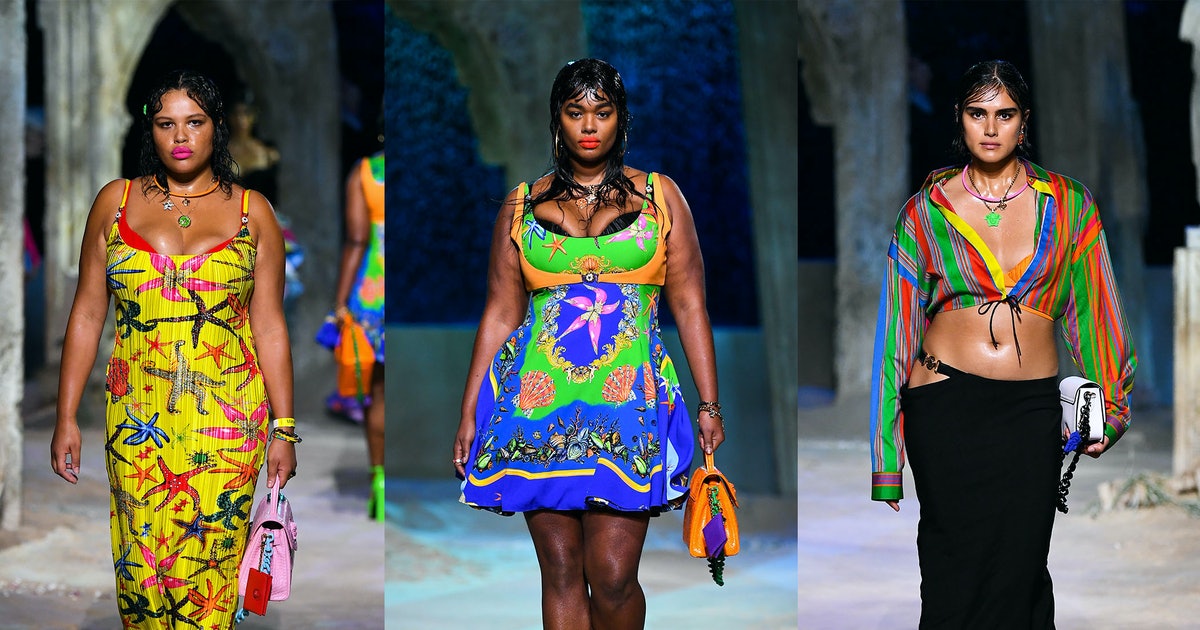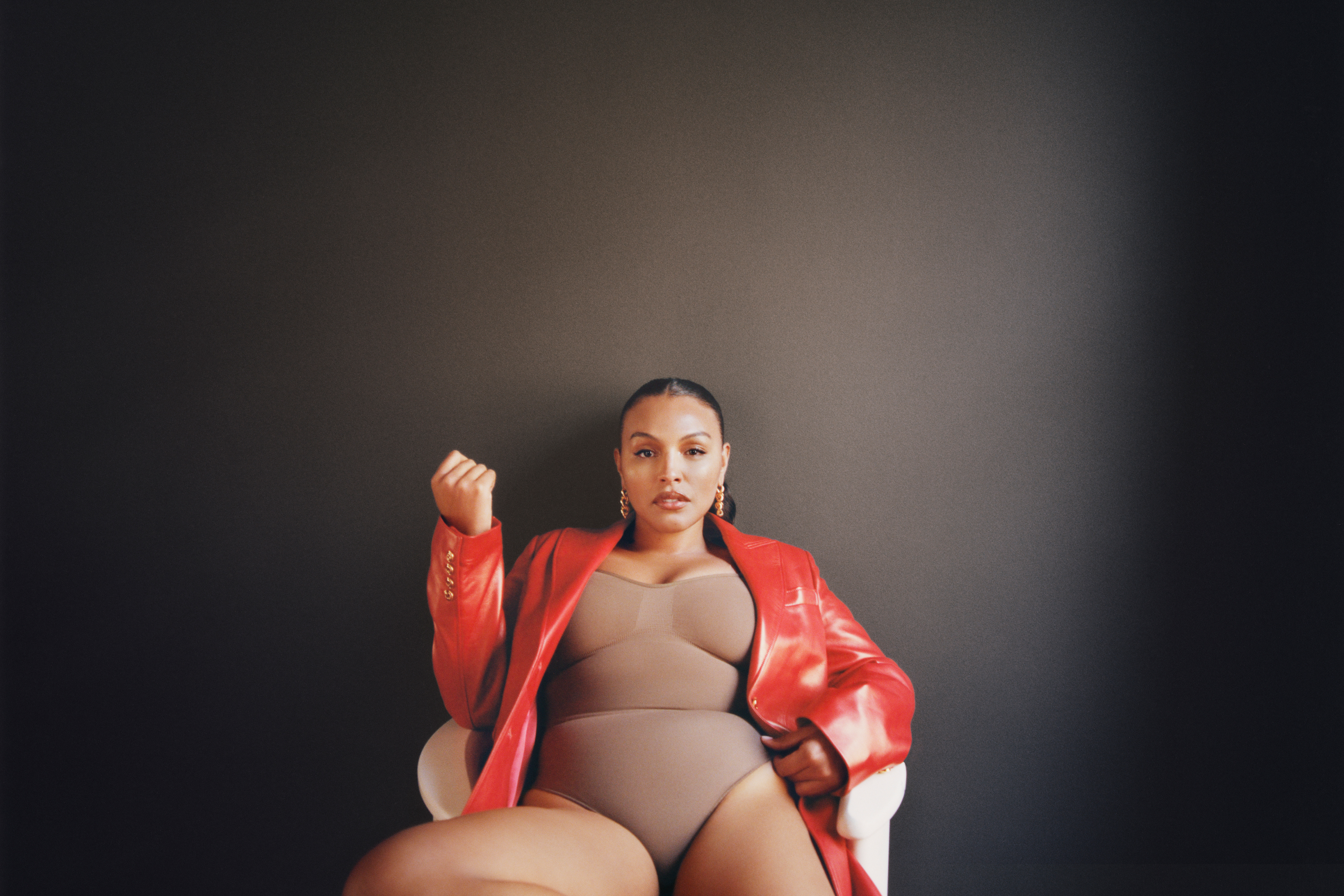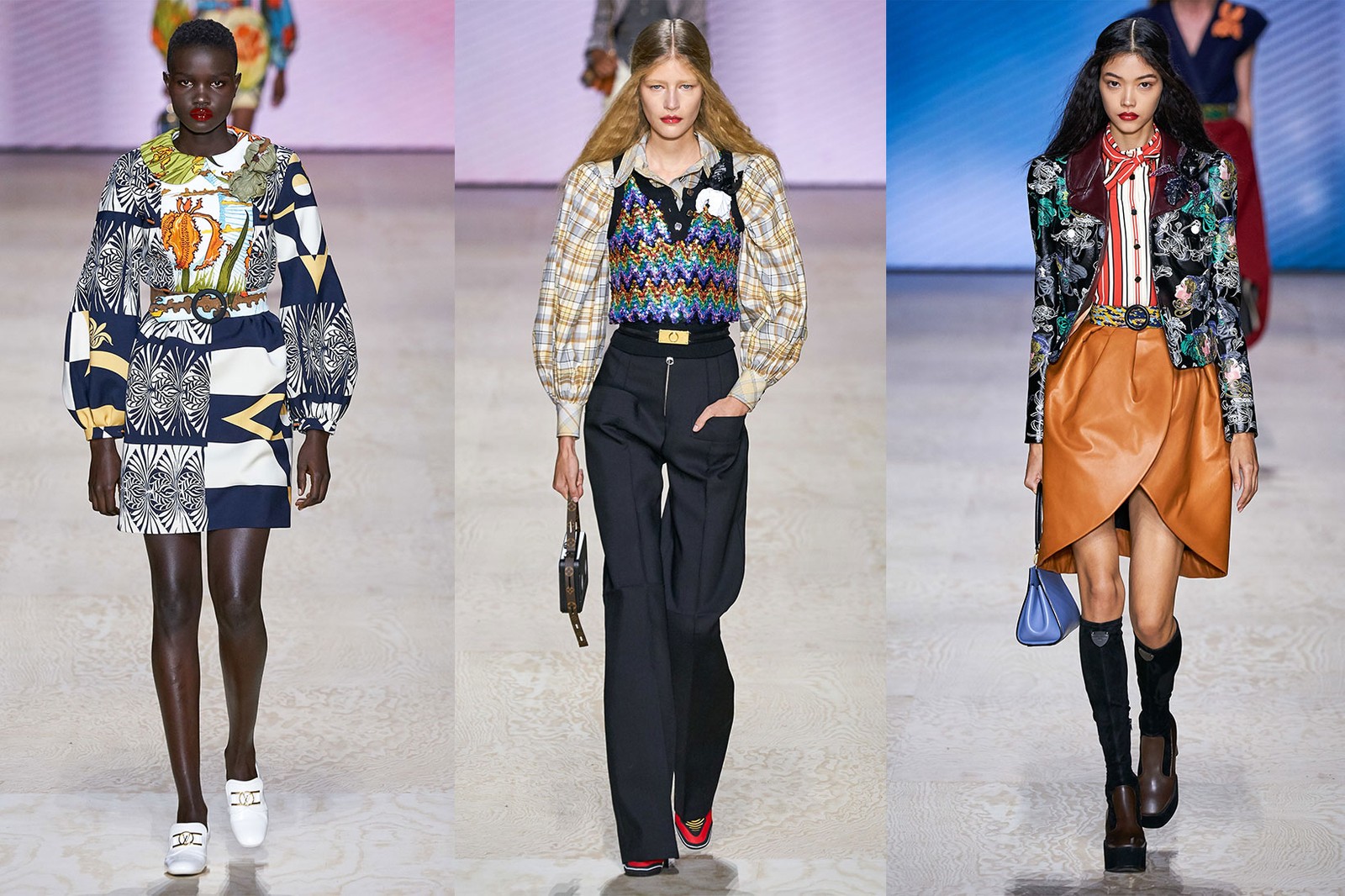Australia has been a bit behind the rest of the world in its representation of curve models both on and off the runway. But have we finally caught up?

The plus-sized model has come a fair way in its short history. The term may have been coined in the late 1920s, but this was far from the beginning. It wasn’t until recently that the concept began gaining true popularity in the fashion industry.
One of the first to embrace the “new” phenomenon was, perhaps surprisingly, Sports Illustrated. Featuring its first plus-size model, Robyn Lawley, in 2015 and fellow curve model Ashely Graham on its cover shortly after in 2017. But is this just a tick off the list for brands rather than an authentic effort towards real change? Are brands truly looking to support a wider consumer base with their apparel and acceptance?
The Model Mould
On a national and international scale, curve models are gaining much-needed media traction. And social media is partially to thank for it. We have become more accustomed to seeing different body shapes on social media; bodies we weren’t typically exposed to on mainstream media. This took the exclusive power that once only major media and fashion brands had and handed it to the people. Users, no matter their size or ethnicity, have been given the opportunity to celebrate their bodies, sans outside approval. And allowing users to support other users the same. With this growing number of individuals proudly owning who they are and bringing “realness” to such a curated industry, brands now have little choice but to follow along.

With buyers becoming more familiar with this diversity, there is now a greater demand for it in the fashion industry. Consumers are wanting to see brands expanding their product offering and model representation to better suit them and the people around them. Proving consumers now more than ever have the power to demand change and dictate the next steps for fashion labels.
More brands and media outlets are beginning to jump on the fast-moving train that is inclusivity. Though, it is in question whether the changes being made are authentic actions towards real change or a means to seem inclusive in the public eye. If you strip away brands that need to show up for PR purposes, we may not be as progressive as we think. Certainly, we are headed towards a more inclusive industry, but it can be argued that we have a long way to go.
Long-time curve model Robyn Lawley raised the issue, “I wasn’t enough of a statement. I wasn’t curvy enough” she speaks of a casting. She later revealed that “some designers use very large models to get press,” and were being used as a shock tactic.
There is also the question of who is plus-sized? Anyone that is a size 12 and above, apparently. This is problematic considering the average adult woman in between the sizes 14-16.
The Plus-sized Gap in Luxury Fashion
There is no arguing that extending sizes is more than extending patterns, with additional cost factors involved in the extra material required and in hiring another fit model. Although, unlike other smaller brands, luxury labels don’t have financials to worry about.
Take leading luxury brand Louis Vuitton for example. They earned over 4.5 billion in the first half of 2021 alone. A healthy budget for some extra materials, if you ask us. What’s stopping them from moving forward is not money but morals. And it appears to boil down to one simple fact. The ideology remains that bigger men and women are not as worthy or beautiful as the slim.

We may be getting better, but that doesn’t account for the fact that season after season we are seeing luxury brands exclusively produce clothes, influencers, and ambassadors relevant to only the thin. A fashion-lover and influencer, Nicolette Manson explains these types of outcomes “results in a strong message that plus bodies are NOT included in the vision of luxury”.
“I believe that representation, to an extent, can shift the way people view themselves — and each other. That being seen & shown as beautiful, luxurious, worthy of investment- that helps people see, appreciate, and believe in their own beauty. That they deserve. That they belong. That there is a possibility,” she wrote in an Instagram caption.
Beauty Has No Size
Inclusion and diversity were key themes in this year’s Melbourne Fashion Week. Working closely with adaptive clothing label Everyhuman to ensure the effective representation of different people, abilities, gender and race. The event featured Aboriginal artist Jessica Mauboy, infamous curve model Ashley Graham, and comedian, and body-acceptance voice Celeste Barber, all beside a diverse cast of models. Additionally, the recent Gucci Love Parade was the second-highest on record for diversity, having 1.81 per cent of the cast as curve models. A statistic that may not sound like enough, it was actually four times the amount of their AW21 collection that featured only 19 curve models on its runway.
In summary, brands need to catch up and evolve with the rest of the world. Beauty and worthiness aren’t determined by size, ability, race or gender. The fashion industry needs to take responsibility and make that clear through its offerings and choice of representation.
Subscribe to FIB’s Weekly Breaking News Report for your weekly dose of music, fashion and pop culture news!







